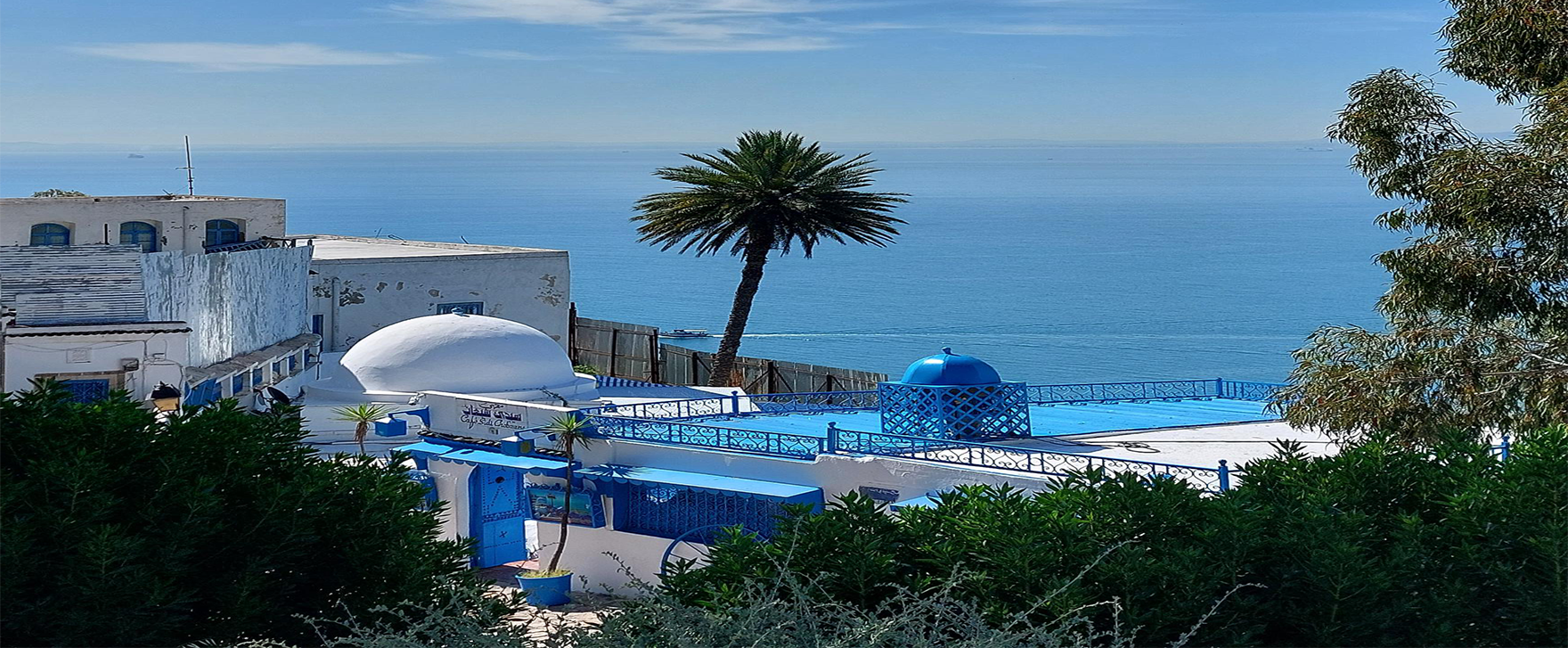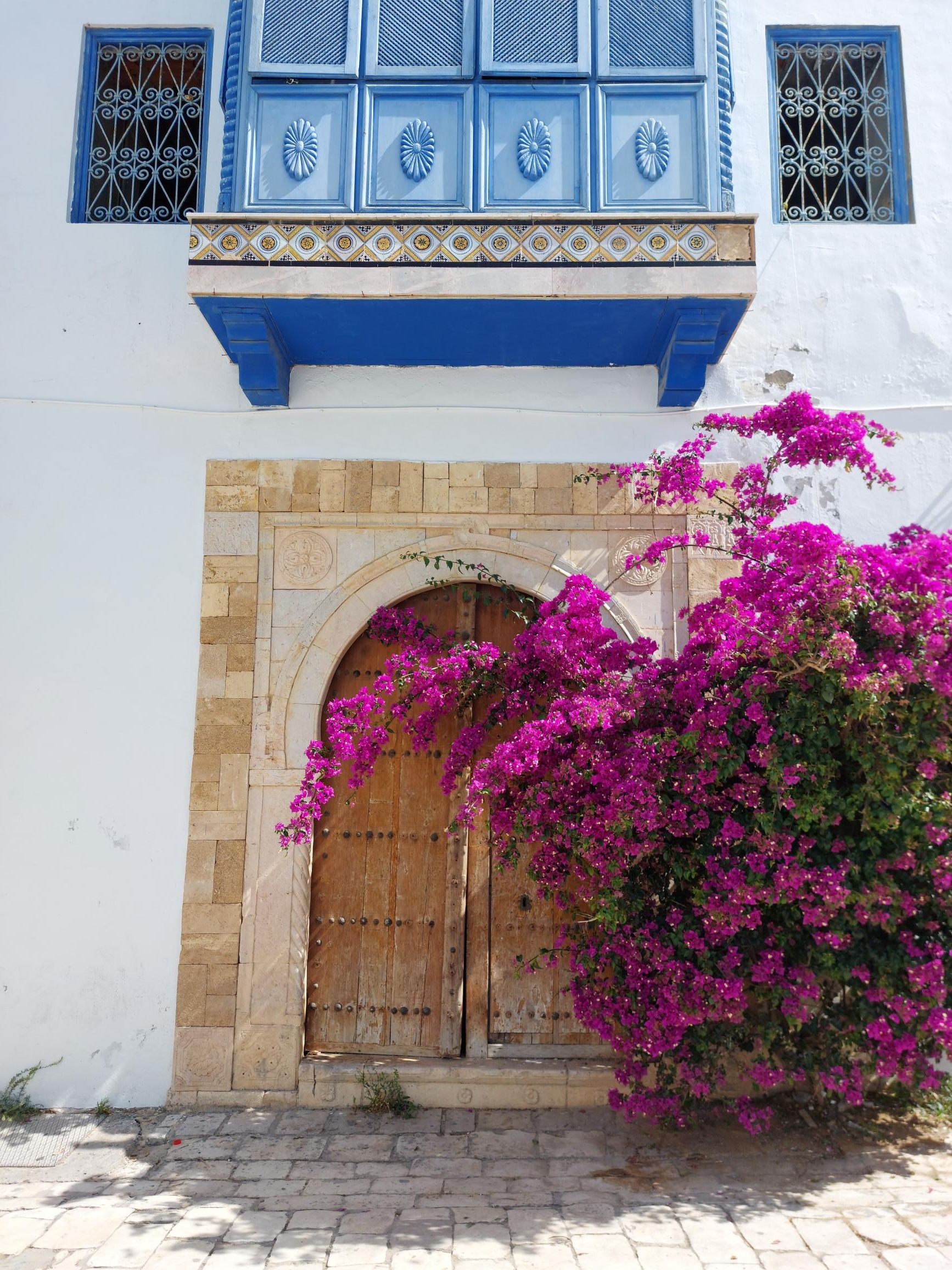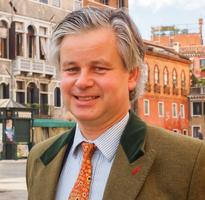In 1914, Paul Klee, August Macke and Louis Moilliet embark on a journey south, beyond the terracotta roofs of Marseille, sailing towards a ‘shore full of promise.’
The three artists’ tour of Tunisia was undoubtedly a voyage of personal and professional development, and one which, like any good holiday, revived a lust for life and an appreciation of simple pleasures.
For Klee, the allure of North Africa had never been stronger. His Tunisian experience profoundly affected his work, leading him to dissolve objects into planes of colour in attempt to explore colour’s expressive potential. The result was some of his most attractive and celebrated works, which encapsulate the rich colour and light he encountered here, and reflect the confidence he gained from his adventures into North Africa.
Today, the contemporary visitor to Tunisia can still enjoy some of the same atmosphere which prompted Klee’s exuberant embrace of colour and abstraction.
Just above Carthage, in the ancient city of Tunis, lies the small town of Sidi-Bou-Saïd. Here, striking blue and white painted houses are adorned with vividpink and yellow flora. These sunshine-bathed houses proudly overlook the harbour, and in the higher streets above visitors can admire breathtaking coastal panoramas.

Travelling south towards the Sahara, the medina of Sousse offers the same rich hues and sensory pleasures as its northern counterpart. Inland, the holy city of Kairouan remains an important religious and cultural hub, owing to its reputation as one of the great historic centres of Islamic civilisation.

Travelling south towards the gateway to the Sahara, it is noticeable how the desert colours intensify and adopt an inky darkness. This visual sensation did not go undocumented by Klee, and must surely have contributed to his darkening palette, as well as the country’s so-called ‘possessive’ effects to create some of his more haunting paintings.
For the avid classical historian, Tunisia boasts an unparalleled collection of superbly preserved historical sites. From the Roman settlement in Dougga to the amphitheatre of El Jem, there is a melting pot of Berber, Punic and Roman history to uncover. But Tunisia is much more than just fragments of its past – instead, this unassuming country presents a diverse landscape of eternal light and colour, and one which continues to breathe life into those of us fortunate enough to pass through it.





























